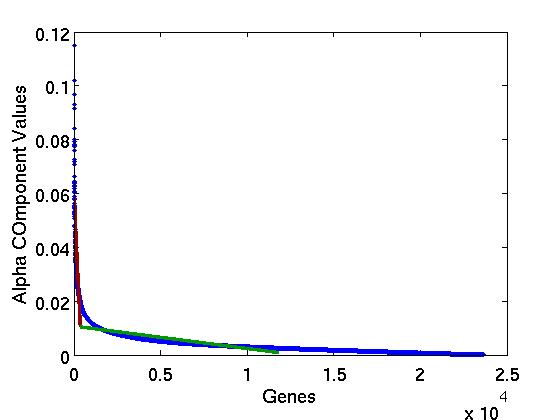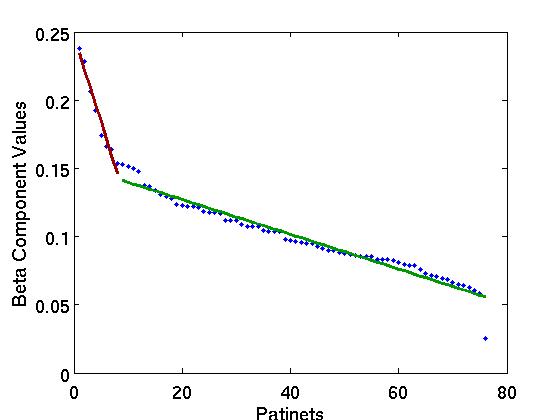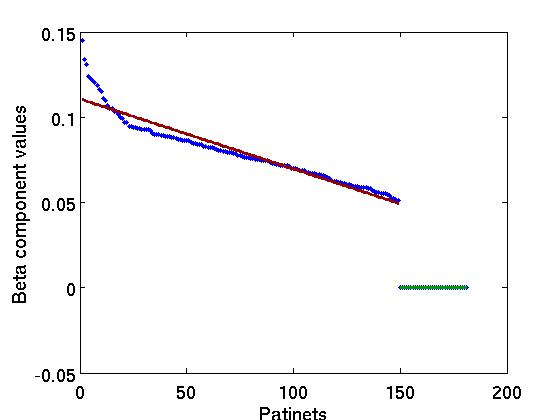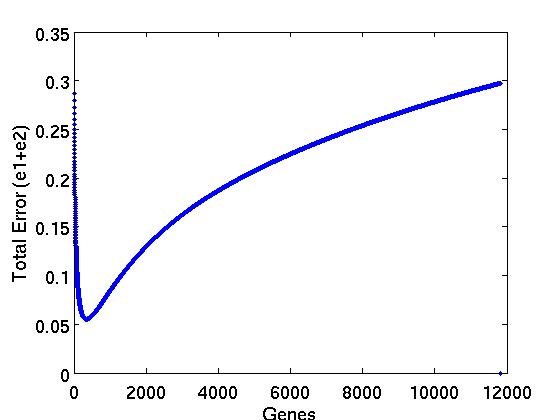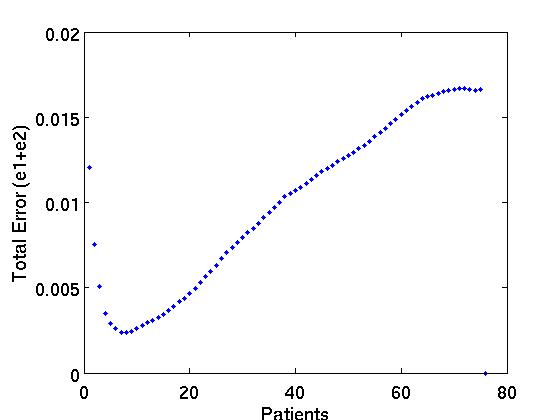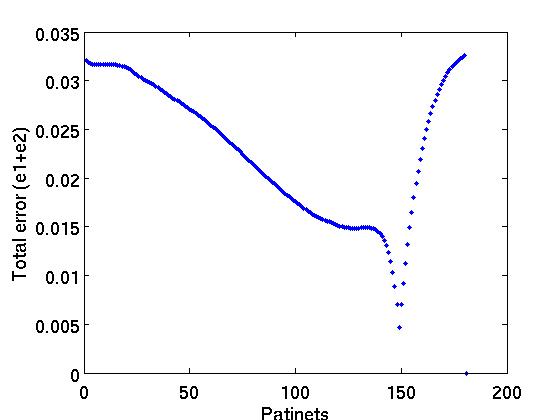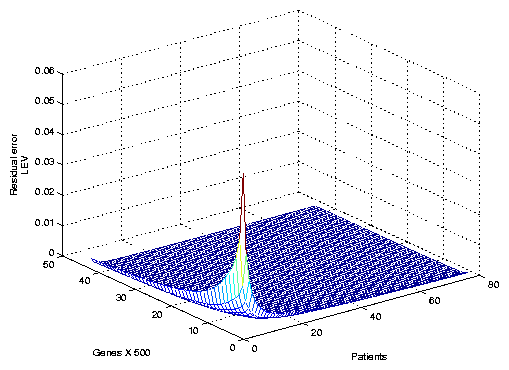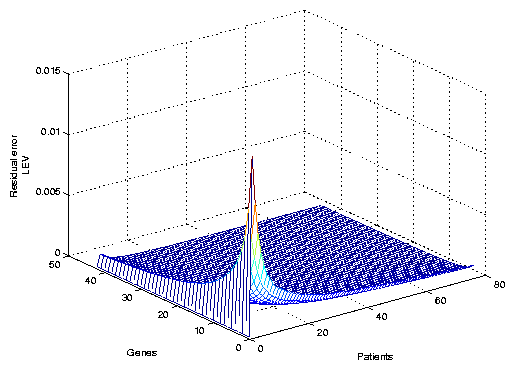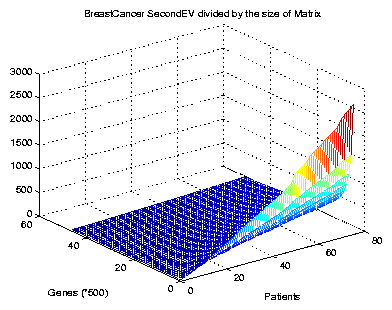| Model |
Hinge Parameters
|
Breast Cancer |
| B1 |
|
69.74% |
B2
|
|
53.94% |
| C1 |
Hinge(1, 2, +, false, false) |
75.00% |
C2 a
|
Hinge(1, 1, -, false, false) |
86.84% |
C2 b
|
Hinge(1, 1, +, false, false) |
86.84% |
| C3 a |
Hinge(1, 1, -, true, false) |
67.11% |
| C3 b |
Hinge(1, 1, +, true, false) |
96.05% |
| C3 c |
Hinge(1, 2, -, true, false) |
69.73% |
| C3 d |
Hinge(1, 2, +, true, false) |
69.73% |
| C4 a |
Hinge(1, 2, -, false, true) |
77.63% |
| C4 b |
Hinge(1, 2, +, false, true) |
75.00% |
| C5 |
Hinge(2, 2, -, false, false) |
78.95% |
| BiC(RoBic,SVM) |
Hinge(1, 2, -, false, false) |
90.79%±7.6
|
|
